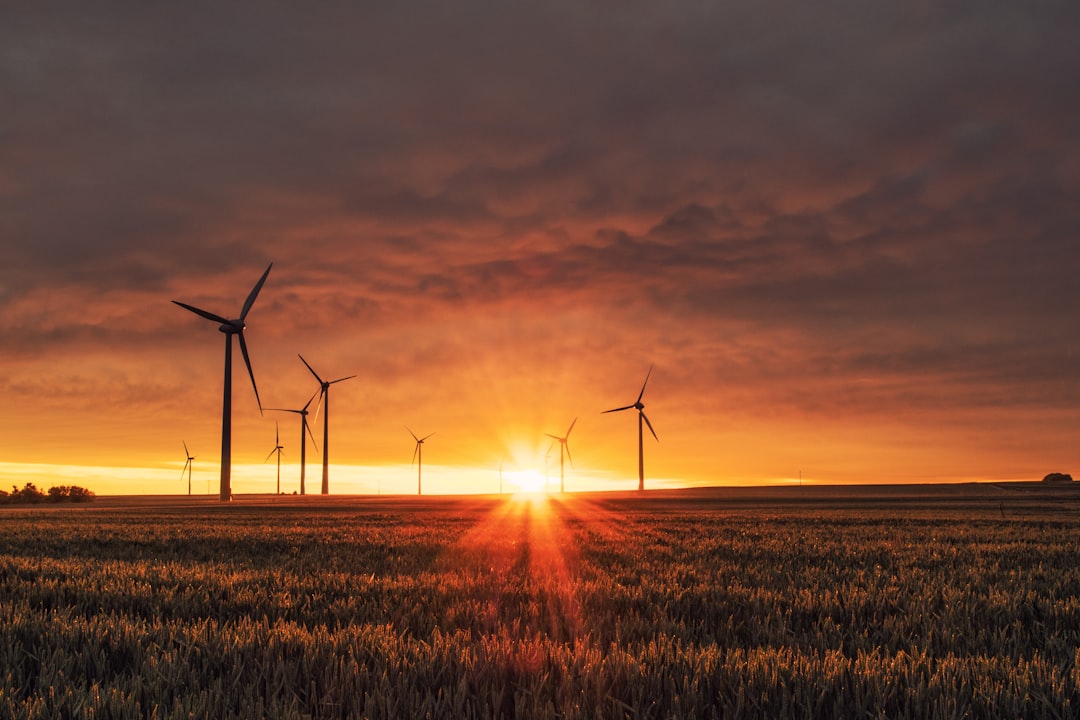What is it about?
This paper proposes and analyses the integration of soft switching technique with a single switch, non-isolated, coupled inductor DC-DC converter to achieve high efficiency and high step-up conversion ratio. The topology optimally integrates the coupled inductor and soft switching technique using a parallel LC resonant tank circuit, and the switch is turned on and turned off at zero-current switching (ZCS) condition. The leakage inductance of the coupled inductor alleviates the reverse-recovery issue of diodes, and diodes can operate under ZCS condition. Moreover, the converter operates in a lower frequency range due to high step-up voltage gain. The principle of operation and steady-state analyses of the proposed converter are presented. A prototype validates the theoretical analysis and demonstrates a higher peak efficiency of 96.43% than the corresponding hard-switched converter.
Featured Image

Photo by Chelsea on Unsplash
Why is it important?
Renewable energy generation increases dramatically in recent years. The renewable energy-based DC nanogrid is the latest concept which has shown potentially high capability for efficiency, reliability, power quality, and power density. Renewable energy resource, e.g. PV, fuel cells, etc., supplies DC directly. Furthermore, many appliances in modern home and office can use DC directly. Therefore, DC nanogrids are well-suited for the future energy network in both short-term and long-term expectation. The power electronic converters play important role in the system configuration. In DC nanogrid, DC/DC converters integrate renewable energy sources in parallel onto a common DC bus. The DC bus can be linked to either DC nanogrid or AC grids through a centralized DC/AC inverter. Renewable energy sources and energy storage devices, such as PV, thermoelectric generator, battery, and fuel cell, generally produce a low output voltage. For example, the voltage of a commercial PV module commonly ranges from 22 V to 45 V, which is significantly lower than the common DC link value, e.g. 380 V. Therefore, high-step up DC-DC converters are usually required to boost low voltage to standard DC bus voltage. High step-up converters are also preferred option to mitigate power mismatch problem of long PV string. A basic boost converter has serious limitations due to reverse-recovery related switching loss, uneven component stresses, and extreme duty cycle.
Perspectives
This research has proposed a new, single switch, non-isolated, high step-up DC-DC converter to interface renewable energy sources into DC nanogrid. The soft-switching is an attractive feature of the proposed solution, which has increased efficiency and power density. The proposed solution has shown improved efficiency over the previous solution. The experimental results substantiate the claimed advantages. Therefore, the proposed configuration is a promising solution for renewable energy systems.
Waqas Hassan
University of Sydney
Read the Original
This page is a summary of: Analysis and Experimental Verification of a Single-Switch High Voltage Gain ZCS DC-DC Converter, IET Power Electronics, May 2019, the Institution of Engineering and Technology (the IET),
DOI: 10.1049/iet-pel.2019.0076.
You can read the full text:
Contributors
The following have contributed to this page










